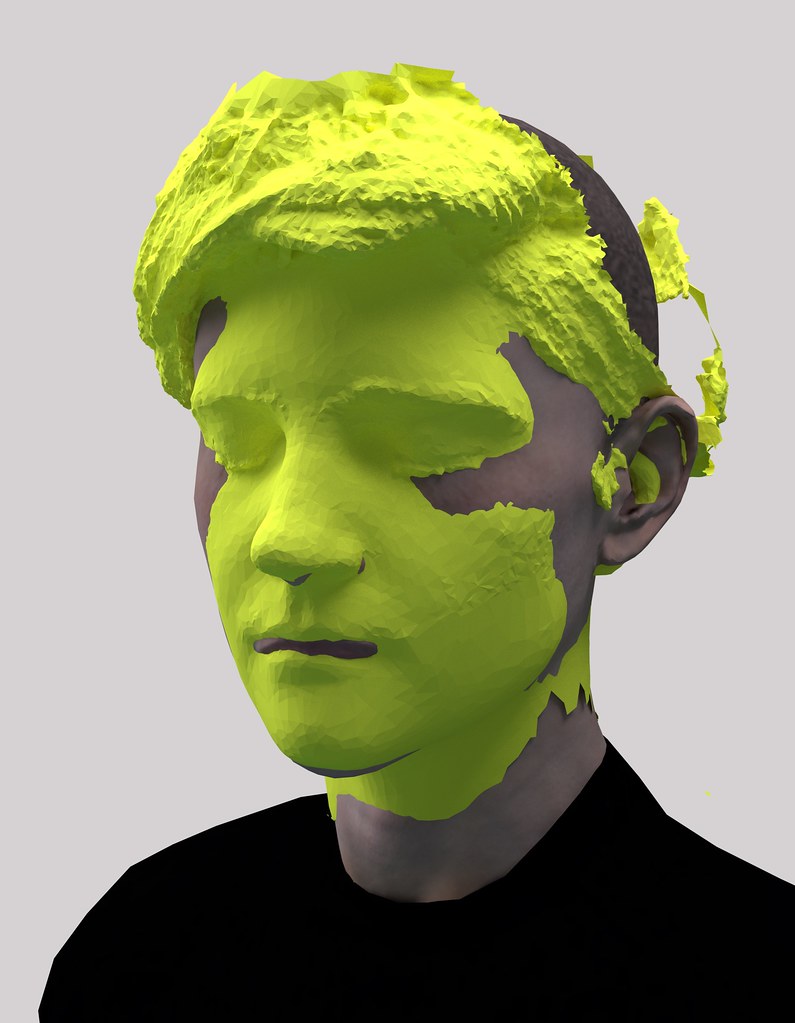Events
Meet the Makers: Simone Niquille and Gareth Taylor
In the second Meet the Makers session, we met with designer and researcher Simone Niquille and motion capture actor Gareth Taylor. Laura Karreman (MCW) and Liesbeth Groot Nibbelink (MCW) led the discussion, and the panel was moderated by curator and researcher Paulien Dresscher (MCW/ NFF).
Niquille shared her thoughts on 3D animations, mentioning the example of reconstructions used in the police academy or in criminal investigations. These reconstructions visualize a crime and serve an influential function within the legal process. How can we analyze the “aesthetic” choices in these reproductions? Are they merely visual choices, or can we expose the arguments that they articulate? The choice of adding certain details to a visualization could change the entire feeling of the representation, thus arguing in favor of a certain reading. Niquille adopts a critical standpoint towards tools used to create visualizations and aims to generate access to their workings. She analyses the, in her words, “boring” numbers that represent the invisible processes within the software that should be made visible since they are highly influential.

Taylor articulated his take on the production of 3D animations from his experience as an actor and teacher in digital performance. He responded to the example Niquille brought in about crime scene reconstructions, expressing his worries on how this might impede the nuances of body language to be shown. In his work as a motion capture actor, he has seen a great change in technology over the years. When the motion capture technology was not yet developed as well as today, the stories that were told were also more stereotypical. Nowadays, multiple actors can perform a character, and the technology is able to capture their individual expressions in a more nuanced fashion. Nevertheless, Taylor emphasized that a good performance, however great the technology might be, depends on the imagination of the actor. The entire world they are inhabiting should be constructed in their mind before it can be brought to life on the screen.
In the next session, we will meet with Ruairi Glynn (Interactive Architecture Lab, Bartlett School of Architecture, University College London) and Jamie Paik (Reconfigurable Robotics Lab [RRL] of Swiss Federal Institute of Technology (EPFL)).
*Image credits: “Simone C. Niquille (CH/NL)” by Ars Electronica is licensed under CC BY-NC-ND 2.0

